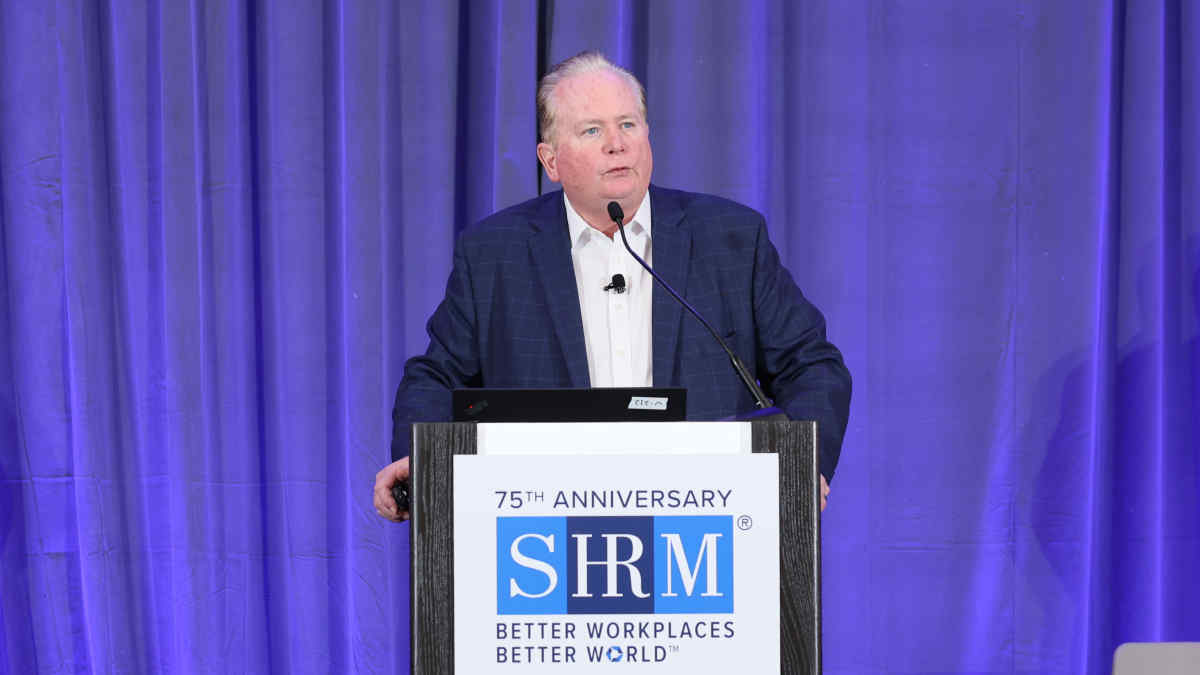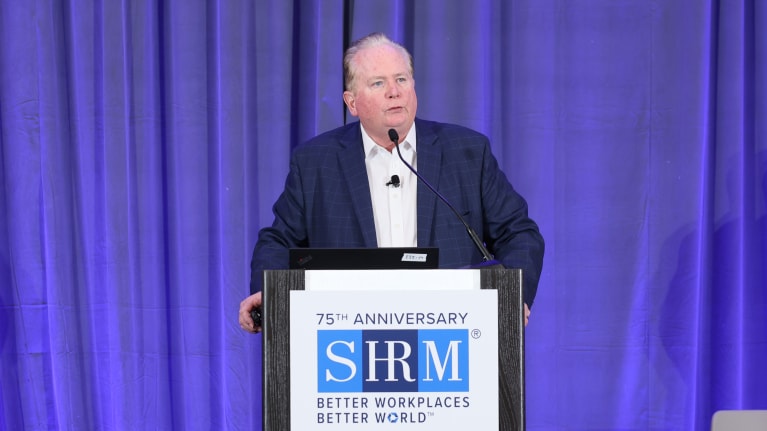Introduction:Hostile Work
Workplace environments can vary significantly, and employees often face challenges that can make their workdays stressful. One term that is commonly used is hostile work environment,” but it’s important to understand its legal definition and when it applies. This article will provide insights into what constitutes a Hostile Work environment, as well as examples that do not meet the legal standard. By understanding these distinctions, both employees and employers can navigate workplace situations more effectively.
Table of Contents
- Introduction
- Defining a Hostile Work Environment
- The Legal Definition and Requirements
- Examples of Hostile Work Environments
- Cases That Do Not Meet the Legal Standard
- Understanding the Distinctions
- Takeaways and Recommendations
- Conclusion
- FAQs
1. Introduction
In today’s professional landscape, discussions around workplace dynamics have gained prominence. Among the various concerns raised by employees, the concept of a Hostile Work environment often emerges. However, it’s crucial to differentiate between situations that truly meet the legal definition of a Hostile Work environment and those that fall under different categories.
2. Defining a Hostile Work Environment
A hostile work environment, as defined legally, refers to a workplace where an employee is subjected to unwelcome harassment that is sufficiently severe or pervasive. It is important to note that this behavior must go beyond ordinary workplace stress and significantly affect the employee’s working conditions.
3. The Legal Definition and Requirements
To determine whether a situation constitutes a hostile work environment, several key factors must be considered. The conduct in question must be severe, meaning it goes beyond minor incidents that may hurt an individual’s feelings. Moreover, the conduct should be pervasive, occurring frequently or continuously. It’s important to establish that the behavior is based on a protected characteristic such as race, sex, age, national origin, disability, religion, or sexual orientation.
4. Examples of Hostile Work Environments
Real case law offers insight into what can be considered a Hostile Work environment. Some examples include:
- Spanking and exposing oneself to subordinates and requiring them to receive kisses in exchange for paychecks.
- Repeatedly threatening to punch a female employee in the mouth.
- Repeatedly calling a Hispanic subordinate a slur.
- Repeatedly calling an older employee “old man” and “pops,” in addition to using profanity.
These instances often involve a supervisor or employee engaging in repeated slurs, insults, or harassment based on protected characteristics, with an added element of threat or violence.
5. Cases That Do Not Meet the Legal Standard
Not all unpleasant experiences in the workplace meet the criteria for a hostile work environment. Some examples include:
- Suggestively looking at someone or making them feel uncomfortable by complimenting their appearance.
- Using profanity that does not reference protected characteristics.
- Calling an employee a derogatory word on one occasion.
- Yelling at a female subordinate and acting rudely toward her without referencing gender.
- Name-calling and teasing that falls short of severe or extreme behavior.
- Giving an employee more work and accusing them of whining.
- Closely monitoring a disabled employee’s lunch and bathroom breaks without appropriate sensitivity.
These examples, while unprofessional or inappropriate, do not satisfy the legal requirements for a hostile work environment.
6. Understanding the Distinctions
It is essential to recognize the differences between a Hostile Work environment and other workplace issues. Conduct that does not meet the legal definition may still be subject to disciplinary action or considered a violation of company policy. Employers should assess each situation carefully, determining the appropriate course of action and communicating with the affected employee.
7. Takeaways and Recommendations
To navigate workplace dynamics effectively, consider the following key points:
– Educate employees: Provide clarity on what constitutes a hostile work environment and encourage open communication regarding workplace concerns.
– Investigate complaints: Take complaints seriously and conduct thorough investigations to determine the nature of the issue and appropriate actions to address it.
– Promote a positive work culture: Foster an inclusive and respectful work environment through policies, training programs, and ongoing support.
– Encourage reporting: Establish channels for employees to report concerns without fear of retaliation, ensuring a safe and confidential process.
– Communicate expectations: Clearly define acceptable workplace behavior and provide guidelines to address conflicts or disputes.
8. Conclusion
While the term “hostile work environment” is frequently used, its legal definition is more specific. Understanding the requirements and differentiating between a hostile work environment and other workplace challenges is crucial for employees and employers alike. By fostering respectful and inclusive work environments, organizations can promote employee well-being and productivity.
FAQs
1. Can a single incident create a hostile work environment? No, a hostile work environment typically requires a pattern of severe or pervasive conduct. A single incident is unlikely to meet the legal standard.
2. What actions should an employee take if they believe they are in a hostile work environment? Employees should report their concerns to HR or follow the designated process established by their organization. Providing specific details and supporting evidence can aid in resolving the issue effectively.
3. Can a hostile work environment claim be made based on personality clashes or general disagreements? No, personality clashes or general disagreements, while challenging, do not meet the legal criteria for a hostile work environment. However, organizations should address such conflicts through appropriate conflict resolution mechanisms.
4. Are employers solely responsible for preventing hostile work environments? Employers play a significant role in fostering a positive work culture. However, all employees should actively contribute to maintaining respectful and inclusive environments by adhering to policies and treating their colleagues with professionalism and respect.
5. What are the potential consequences of a substantiated hostile work environment claim? Consequences can vary depending on the severity of the situation, but they may include disciplinary actions, mandatory training, policy revisions, or legal repercussions.





1 thought on “When Your Workplace Is a Hostile Work Environment, and When It’s Not”